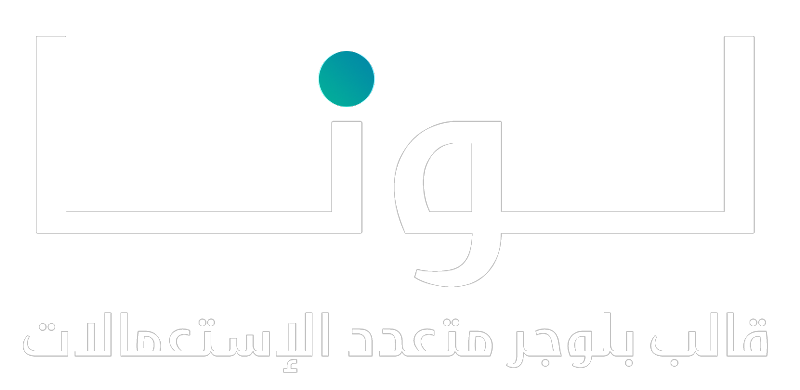Ikebana water parfum
How to care for ikebana seeds?
Ikebana Places in the world
How to deal with Ikebana flower root ?
Ikebana greatest Masters
The Philosophy of Ikebana: A Harmony of Nature and Art
Choose the right soil for ikebana.
Ikebana, the Japanese art of flower arrangement, traditionally doesn't use soil as a medium. Instead, it typically relies on a kenzan (spiked holder) or floral foam to support the stems of the plants in the arrangement. However, if you need to use soil for specific types of ikebana arrangements or for certain plant types that may require soil, here are some general guidelines:
1. Well-Draining Soil: Choose soil that drains well to prevent waterlogging, which can damage the stems and roots of plants.
2. **Nutrient-Rich Soil**: If using live plants, opt for soil that is rich in nutrients to support healthy growth.
3. **Texture**: A loamy texture, which is a balanced mix of sand, silt, and clay, can provide good structure and drainage.
4. **pH Level**: Most plants prefer slightly acidic to neutral pH levels (around 6.0 to 7.0). Ensure the soil matches the pH preference of the plants you are using.
Remember, the soil choice will largely depend on the specific plants you incorporate into your ikebana arrangement. If the arrangement involves aquatic plants, using a specific aquatic soil or substrate may be necessary.
Related Posts

Ikebana flowers
Japanese art of flower arrangement. It is also known as kadō. The origin of ikebana can be traced back to the ancient Japanese custom of erecting evergreen trees and decorating them with flowers as yorishiroSlide Videos
Latest topics
Contributors

- Ikebana Flowers
- Hello, I am a researcher in the ancient Japanese heritage and traditions of food, clothing, crafts, etc. In this blog, I chose Ikebana and how to deal with this art, what should be done and what should not be done, and also many skills specifically for Ikebana
FAQ[FAQ]
Most Popular
How we dealing with Ikebana in the Four Seasons?
Ikebana water parfum
How to care for ikebana seeds?
Ikebana Places in the world
How to deal with Ikebana flower root ?
Ikebana greatest Masters
The Philosophy of Ikebana: A Harmony of Nature and Art
Links
Contributors

- Ikebana Flowers
- Hello, I am a researcher in the ancient Japanese heritage and traditions of food, clothing, crafts, etc. In this blog, I chose Ikebana and how to deal with this art, what should be done and what should not be done, and also many skills specifically for Ikebana











No comments:
Post a Comment